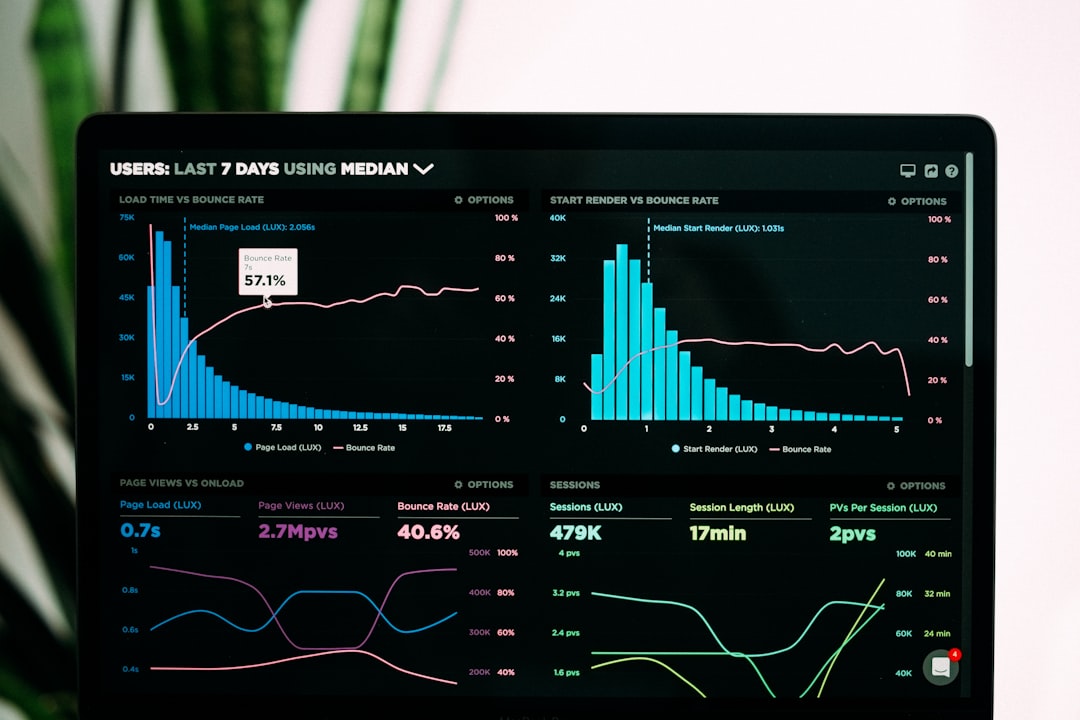A waterfall chart, also known as a cascade chart, is a graphical representation of data that helps you understand how a specific change in one value affects other related values. The chart typically starts with the total value for all the data points then shows how that value is broken down into constituent parts. It then shows how those parts are affected by changes in other related values. If you’re interested in data visualization and wondering how a waterfall chart might be helpful. Then, keep reading and learn what these charts convey and how they are used.
What are some of the pros and cons and what can a waterfall chart convey?

For starters, a waterfall chart can be difficult to read and understand if there are a lot of data points. It can also be difficult to create if you don’t have the right program or another data visualization software. And it’s often difficult to determine the exact values of each data point in a waterfall chart since they are usually shown in descending order. But waterfall charts are a great way to visualize how a particular value changes over time. They can be used to track the progress of a project, the growth of a business, or the evolution of a product. These charts make it easy to see how negative values and positive values change relative to one another. This can be helpful for identifying trends and making comparisons. These charts can also be used to identify potential problems and track the progress of resolutions.
How do you create a waterfall chart?
As mentioned above, a waterfall chart is a graphical representation of data that helps illustrate how a particular value is affected by changes in a series of values. If you’re interested in creating a waterfall chart, each value in the series is represented by a column. The change in each value is represented by a line. The starting value is at the top of the first column, and the ending value is at the bottom of the last column. Utilize horizontal lines, colors, and labeling so that it’s easily understood.
What are some examples of practical applications for these charts?

A waterfall chart is often used for financial reporting, but it can also be used for human resources purposes. For example, you can use a waterfall chart to track employee headcount over time. This can help you identify trends and make decisions about future hiring plans. You can also use it to track employee attrition rates. This can help identify problem areas and take steps to address them. These charts are not typically used to track stocks, as they are more commonly used to track financial metrics such as revenue, profit, and loss. You can track the financial status of a company and identify areas where expenses are increasing or revenue is decreasing.
Are there alternatives to using a waterfall chart?
In addition to waterfall, there are a few other types of charts you can use to visualize data. Bar charts are a good option if you want to compare values between different categories. They are easy to read and understand, and they can be used to illustrate changes over time. Line charts are ideal for visualizing trends over time. They are simple to create and easy to read, making them a good choice for data that changes frequently. Pie charts are perfect for illustrating how a whole is divided into parts. They are easy to understand and can be used to compare values between different categories. Scatter plots are perfect for visualizing relationships between two variables. They are easy to create and can help you see patterns in your data.
Overall, cascade charts are a versatile and valuable tool for visualizing data for your business.





